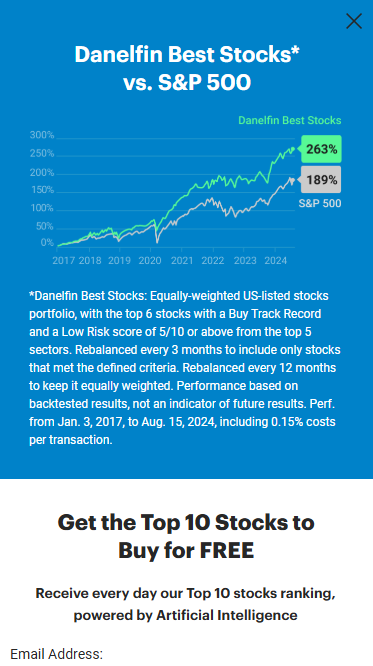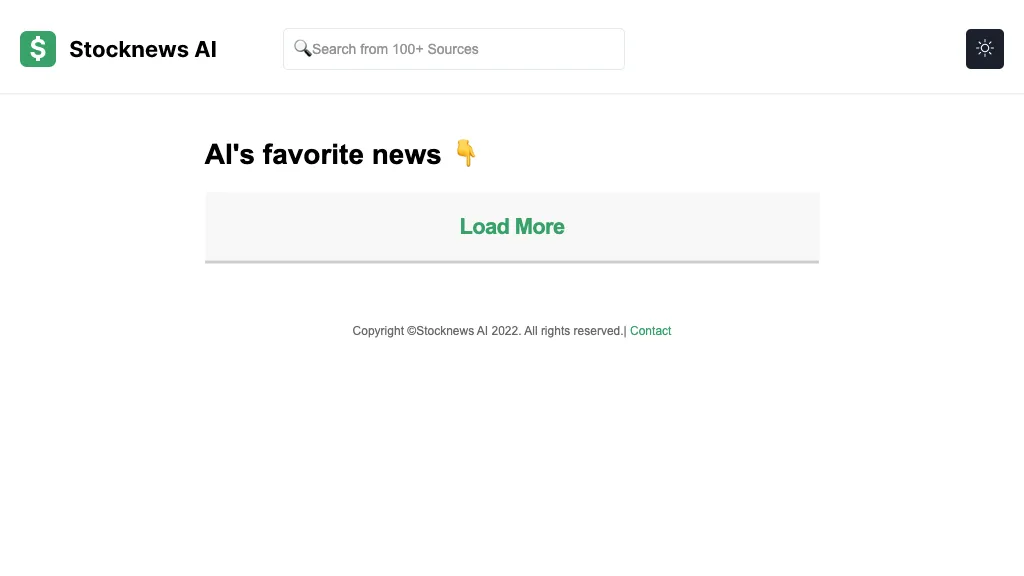Since they are often handling sensitive financial data, and even personal information, the security and confidentiality of data is essential. In the event of a data breach or misuse, it could result in reputational and financial damage. These are the top ten tips to help you understand the security and privacy features on these platforms.
1. Examine the encryption of data
Transmitting encrypted data: Ensure that the platform uses encryption protocols that are secure (e.g., TLS/SSL) to protect data that is transmitted between your device and their servers.
Transporting encrypted data Verify that the sensitive data stored on the server has been encrypted using strong encryption standards like AES-256.
End-to end encryption: Verify that your platform has encryption from beginning to end for data and communications that are sensitive.
2. Examine Authentication Mechanics
Two-factor verification (copyright) Make sure whether the platform is compatible with copyright for an added layer of protection.
Review the biometric authentication options that are available to mobile apps (e.g. facial recognition, fingerprint).
Password policies: Find out whether the platform follows strict password policies (e.g. minimum length or requirements for complexity).
3. Examine for compliance with regulations.
Financial regulations: Make sure you are in compliance with the applicable financial regulation (e.g. SEC FINRA MiFID II).
Laws on data protection: Check for the compliance of your data privacy laws (e.g., GDPR, CCPA) when you're or trade with regions that are covered by these laws.
Audit certifications: Check that your platform has been subjected to third-party audits and/or certifications.
4. Review the Data Access Controls
Role-based access: Ensure the platform is using role-based access controls (RBAC) to restrict data access to authorized users.
Permission levels: Check to see if different users or members of a team can have different permissions.
Activity monitoring Check to determine whether your platform keeps track of and monitors user's activities.
5. Assess Vulnerability Assessment
Regular updates: Ensure that your platform is updating its software on a regular basis to patch any vulnerabilities.
Make sure that the platform is regularly subjected to penetration tests in order to identify security vulnerabilities and fix them.
Bug bounty programs: Check if there is a bug-bounty program that is available to motivate security researchers from other sources to report vulnerabilities.
6. Evaluate Data Privacy Policies
Transparency. Review the platform's Privacy Policy to find out the types of information being collected and how it will be used.
Data minimization is a method of ensuring that only data necessary for operation are gathered by an application.
Third-party sharing : Verify the policy of sharing data on the platform and terms.
7. Secure API use can be monitored
API security: Make sure that the platform's API uses secure authentication methods (e.g., OAuth, API keys) and also encrypts data exchanges.
Rate-limiting: Determine if the API has a limit on rate to avoid abuse and brute-force attacks.
Examine the access logs to see if they are being monitored and audited for compliance.
8. Review Incident Response and Recovery
Incident response plans: Make sure whether the platform you're using has an clearly-defined incident response plan. The plan should include handling security breaches and data breaches.
Notification policies: Determine if users are notified promptly in the event of a security incident.
Data backups - Check that the platform has a plan in place for disaster recovery, and that it regularly backs up data up.
9. Examine the physical security measures
Data center security: Confirm that the servers of the platform are hosted at secure datacenters with physical security measures (e.g. monitoring access control, monitoring).
Redundancy - Verify that the platform is armed with redundant systems in order to ensure data availability if hardware fails.
Geographic distribution: To increase resilience, make sure that the data is spread across multiple geographic locations.
10. Check privacy controls on users
Data deletion - Ensure that you delete your personal information completely from the website, if and when you stop using its services.
Privacy settings: See if you have privacy settings that permit you to control the data shared and made public.
Anonymization: Verify if data is being used to anonymize to allow machine learning or analytics.
Bonus Tips
Feedback and reviews from users: Use reviews and feedback to determine the platform's reputation for security and privacy.
Trial period - Try the free trial or demo of the platform to test its security features and privacy controls.
Customer support: Ensure the platform offers a solid assistance to customers who have security issues or concerns.
These suggestions will assist you evaluate the security and privacy of AI trading platforms which predict or analyze stock prices. Your data and financial information will be protected. Secure platforms not only safeguards your assets but can also build trust and confidence in its products and services. Have a look at the best investment ai tips for more info including chart ai trading assistant, ai for investment, ai stock trading, ai stock picker, best ai for trading, ai investing platform, incite, ai for investing, ai for trading, ai for stock predictions and more.

Top 10 Ways To Assess The Accuracy Of Trading Platforms Using Artificial Intelligence Which Predict Or Analyze Stock Prices
Transparency is a key factor when evaluating AI-driven trading as well as stock prediction platforms. Transparency is important as it enables users to be confident in the platform, comprehend the choices made, and check the accuracy. Here are 10 tips on how to assess the transparency of platforms.
1. AI Models are explained in detail
TIP: Make sure that the platform explains the AI models and algorithms employed to create predictions.
Understanding the technology's foundation will allow users to evaluate the reliability of the technology.
2. Sources of Data Disclosure
Tip: Make sure the platform discloses the data sources that it uses.
The platform uses reliable and complete data If you are familiar with the sources.
3. Performance Metrics and Backtesting Results
TIP: Ensure that there is transparent disclosure of performance metrics (e.g., accuracy rates and ROI) and backtesting results.
This will give users the ability to compare the performance of their previous platforms with those on the current platform.
4. Actual-Time Updates and Notifications
Tip. Determine if your platform provides real-time data and notifications regarding trades or changes in the system, for example trading forecasts.
Why: Real-time visibility ensures that users are conscious of crucial actions.
5. Limitations of Open Communication
Tip: See if your platform explains the limitations and risks of the strategies used to trade and its predictions.
Why: Acknowledging limitations builds trust and allows users to make better choices.
6. Raw Data is accessible to users
Tips: Find out if the AI model can be used to gain access to raw data, intermediate results or both.
The reason: Access to raw data allows users to conduct their own analyses and test predictions.
7. Transparency of Costs and Fees
TIP: Ensure that all fees, subscription charges, and cost-savings are clearly listed on the platform.
Transparent pricing creates trust and helps avoid surprises.
8. Regular Reporting and Audits
Check to see whether there are any regular reports from the platform or if third-party auditors verify its operations and their performance.
The reason: Independent verification adds credibility, and ensures accountability.
9. The ability to explain predictions
Tips: Find out if the platform can explain the process by which it comes up with specific predictions or suggestions (e.g. decision trees, importance of features).
Why Explainability is important: It helps you comprehend AI-driven decisions.
10. User Feedback and Customer Support Channels
Tip: Evaluate whether the platform provides open channels for feedback from users and support, and if it responds transparently to user concerns.
Why? Responsive communication shows an interest in openness and the satisfaction of users.
Bonus Tip - Regulatory Compliance
Assure that the platform is compliant with all relevant financial regulations. This will improve transparency and credibility.
If you take the time to carefully examine these factors, it is possible to evaluate whether an AI-based stock prediction or trading system is operating in a transparent manner. This lets you make informed choices and gain confidence in its capabilities. View the top moved here about best ai trading platform for site examples including how to use ai for copyright trading, can ai predict stock market, ai copyright signals, ai stock analysis, best ai stocks to buy now, ai options trading, best stock prediction website, free ai stock picker, best stock prediction website, trading ai tool and more.
